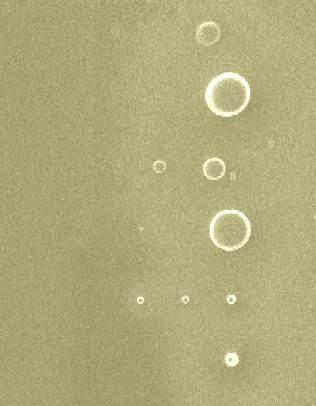| > Kik Group | College of Optics and Photonics | UCF |
|
Research The research in the group is centered around optics at the nanoscale. The work is broadly divided into two main directions: metal nanophotonics and semiconductor nanophotonics. Surface Plasmon Nanophotonics This field thrives due to the special optical properties of metals that allow for the construction of unusual optical devices. In particular the presence of a high concentration of free electrons allows for the occurrence of collective electron oscillations, known as plasmons. This type of electron oscillation can be used to construct metal nanostructures that act as miniature waveguides (see for example this article) with a mode confinement much smaller than the diffraction limit. Our group is involved in the design, fabrication, and analysis of such plasmon based structures. For an introduction to plasmonics have a look at a brief article on Surface Plasmon Nanophotonics at CREOL that was published in the CREOL Highlights Newsletter. For a list of some of the specialized equipment we use, have a look in our lab, and for more detailed information on recent work, have a look at our publications.
|


